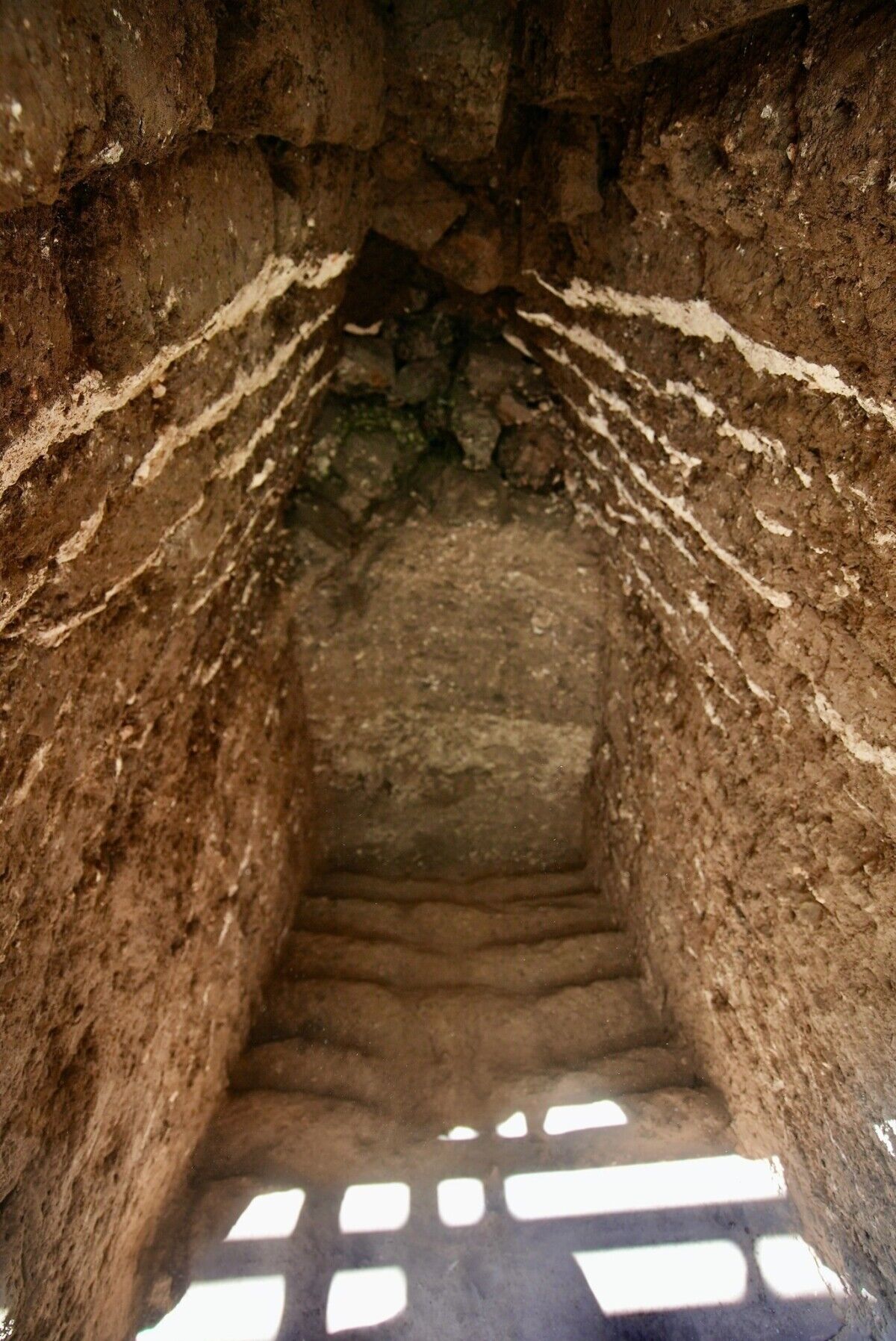First Use of a Corbelled Vault Discovered at Tel Shimron
During excavations at Tel Shimron, located in the Jezreel Valley in northern Israel, archaeologists uncovered a rare 3,800-year-old mudbrick passageway, complete with a corbelled vault and decorations.

According to an August 16 press release, this find “represents the first use of a corbelled mudbrick vault in a passageway in the southern Levant, providing a key missing link in the history of the arch in the region.” A corbelled vault is an architectural technique in which bricks overlap and gradually step inward, narrowing at the top of the passageway. It was a common technique used in Mesopotamia.
Because this is the first of its kind discovered in Israel, this vault sheds light on the connections across the Fertile Crescent. The Bible, of course, hints at such connections between the land of Canaan and Mesopotamia in the story of the patriarch Abraham’s journeys throughout the region. This recent discovery provides archaeological evidence of architectural connections across such a broad geographic area.

The archaeologists working in this ancient city were stunned to discover, within a 1,200-square-meter mudbrick complex atop the tel, a tower standing more than 5 meters tall. In the middle of the tower was a corridor that led to this vaulted passageway. The passageway, which has been revealed to a length of more than 2 meters, was adorned with decorative white chalk wall lines, and was for some unknown reason intentionally backfilled shortly after its construction, which is why it remained almost perfectly preserved. According to Mario A. S. Martin, co-director of the Tel Shimron excavations: “Corbelling is used on small tomb cysts at various sites in the Middle Bronze Age, both in Canaan and the Egyptian Delta. Yet a fully preserved mudbrick-built passageway with this type of corbelled vault is without parallel. Such structures, made of unfired mudbrick, almost never survive.”

The archaeologists also discovered an intact Middle Bronze Age vessel at the entrance of the passageway, helping date the structure. The item is known as a “Nahariya Bowl,” a seven-cupped offering vessel known in the region.
Daniel M. Master, co-director of the excavations, summarized:
The Tel Shimron passageway with a corbelled vault fills an important gap in the history of architecture in this region. The vault is an ancestor to the mudbrick radial arch in the gate at Tel Dan and is an extraordinary example of Mesopotamian mudbrick technology.
Shimron was an important and powerful ancient city. “In the Bronze Age and Iron Age, Shimron is the hub for controlling the east-west trade, everything from the Jordan Valley to Damascus to Hazor,” Master said.
Shimron is also mentioned in the book of Joshua. Shimron’s king joined forces with the king of Hazor to fight the Israelites (Joshua 11-12). It later became part of the tribe of Zebulun’s territory (Joshua 19:15).
The archaeologists have for now refilled the area to maintain preservation of the mudbrick structure; they hope to further clear the passage and uncover where it leads in future excavations.